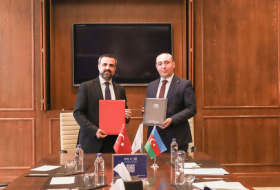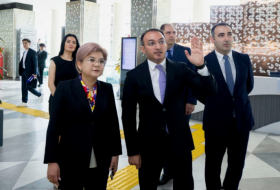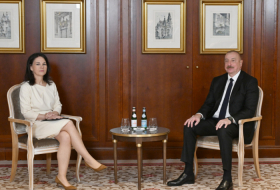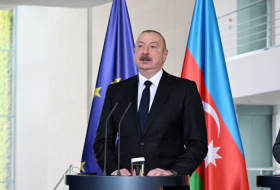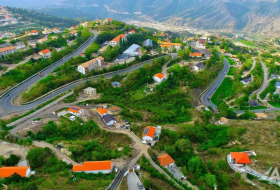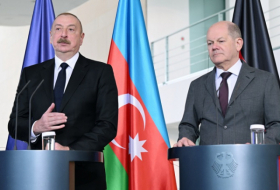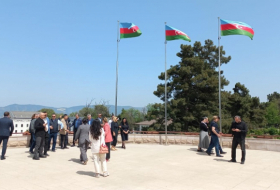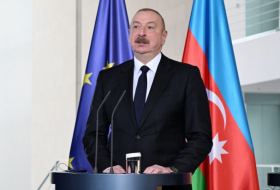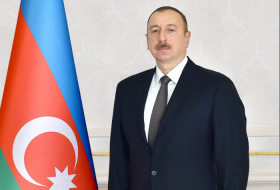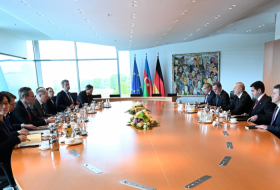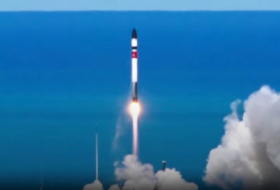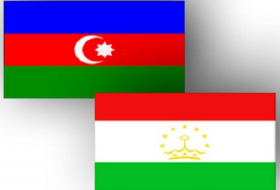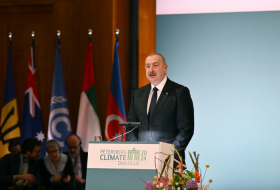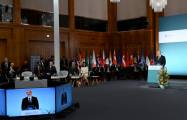“What’s more important for us is the Armenian-Azerbaijani Nagorno-Karabakh conflict, and the OSCE PA’s position regarding the current situation,” she said.
During the Standing Committee’s meeting, the Azerbaijani delegation gave information about the Armenian armed provocation of April this year.
“We have mentioned that the status quo does not satisfy anyone, except Armenia, and Azerbaijan stand for a peaceful solution to the Nagorno-Karabakh conflict. We want our territories to be liberated even though in stages,” said Muradova.
The Azerbaijani delegation also underlined that Armenia unambiguously hinders the negotiation process on the settlement of the conflict, according to the vice-speaker.
Muradova noted that her speech was supported by the participants of the meeting.
“However, we have witnessed that the attempts by the Armenian delegation to disguise its aggressive policy,” she added.
The Nagorno-Karabakh conflict entered its modern phase when the Armenian SRR made territorial claims against the Azerbaijani SSR in 1988.
A fierce war broke out between Azerbaijan and Armenia over the Nagorno-Karabakh region of Azerbaijan. As a result of the war, Armenian armed forces occupied some 20 percent of Azerbaijani territory which includes Nagorno-Karabakh and seven adjacent districts (Lachin, Kalbajar, Aghdam, Fuzuli, Jabrayil, Gubadli and Zangilan), and over a million Azerbaijanis became refugees and internally displaced people.
The military operations finally came to an end when Azerbaijan and Armenia signed a ceasefire agreement in Bishkek in 1994.
Dealing with the settlement of the Nagorno-Karabakh conflict is the OSCE Minsk Group, which was created after the meeting of the CSCE (OSCE after the Budapest summit held in Dec.1994) Ministerial Council in Helsinki on 24 March 1992. The Group’s members include Azerbaijan, Armenia, Russia, the United States, France, Italy, Germany, Turkey, Belarus, Finland and Sweden.
Besides, the OSCE Minsk Group has a co-chairmanship institution, comprised of Russian, the US and French co-chairs, which began operating in 1996.
Resolutions 822, 853, 874 and 884 of the UN Security Council, which were passed in short intervals in 1993, and other resolutions adopted by the UN General Assembly, PACE, OSCE, OIC, and other organizations require Armenia to unconditionally withdraw its troops from Nagorno-Karabakh.
More about:









